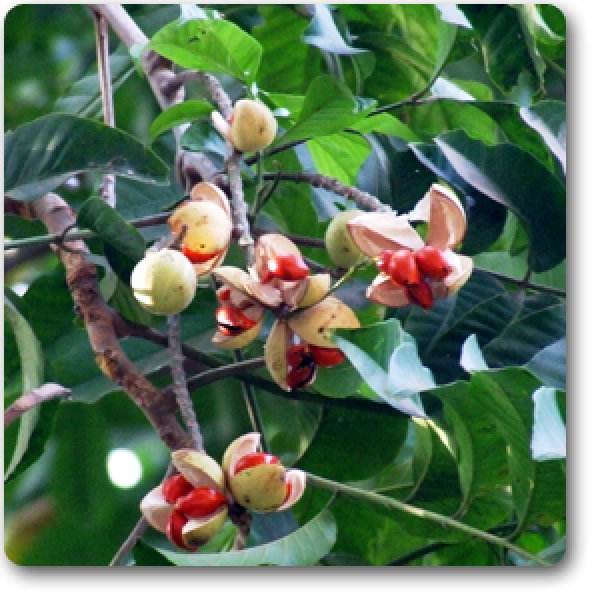Palash, Butea
Description for Palash, Butea
Plant height: 9 – 15 inches
Plant spread: 4 – 6 inches
Palash plant grows as a medium-sized tree and is a native to India. The tree grows up to 40 feet high and has a distinctive appearance due to its grey bark, irregular branches and crooked trunk. . The tree doesn’t flower until January, and even its leaves fall until then.
From January to March, the tree is loaded with orange flowers, which also lend it the most famous name, The Tree of the Flame. The flowers have five petals with a beak-shaped keel. The keel also earns it another colloquial name- parrot tree. Birds are the main pollinators of the flowers. The flowers grow in clusters on leafless branches.
Common name(s): Flame of the Forest, Bastard teak, Battle of Plassey tree, Bengal kino, Palas tree, and Parrot tree.
Flower colours: Orange/red
Bloom time: January to March
Max reachable height: 30 to 40 feet
Difficulty to grow: Easy to grow
Planting and care
The seeds are the major source of natural reproduction. Freshly harvested seeds are viable mostly. Sown the seeds 25-30 cm apart. If the seeds are soaked in water before sowing it will give a better result. Water the seeds regularly. Germination, which starts in about 10-12 days, is completed in 4 weeks. Seeds germinate well in a temperature of 30 degrees C.
Sunlight: Full sun to part shade
Soil: Well-drained soil
Water: Moderately
Temperature: 30-35 degrees C
Fertilizer: Apply any organic fertilizer
Caring for Palash
The mulch should feel moist but not wet.
Apply a high-potassium liquid fertilizer every 2 weeks from early spring until 6 weeks after flowering.
Keep moist in winter.
Apply a thin layer of compost each spring, followed by a 2-inch layer of mulch.
Stake tall lilies.Lilies do not rebloom, but you can remove the faded flowers so that the plants seeds.
Typical uses of Palash
Special features: It is a plant of Poorvaphalguni Nakshatra.
Ornamental use: Used as a Lawn specimen, small shade tree, and patio tree.
Medicinal use: Extracts of flowers have free radical scavenging activity. They also have strong chemo protective effect. A decoction of the leaves treats leucorrhea and diabetes. They can be put into a douche to treat leucorrhea. The leaves are good for eye diseases.
A paste of the stem bark relieves body swelling. Stem juice benefits if applied on goiter. The roots are used to cure night blindness and other eye defects.
Use only as per doctor’s prescription.
Out of stock
Out of stock
Payment Methods:


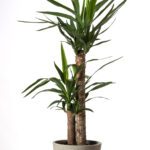 EXOTIC PLANTS
EXOTIC PLANTS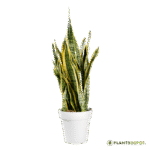 AIR PURIFIERS
AIR PURIFIERS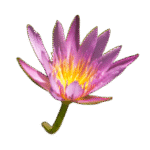 AQUATICS
AQUATICS AVENUE TREES
AVENUE TREES BAMBOOS
BAMBOOS BONSAI
BONSAI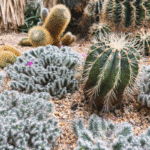 CACTUS
CACTUS CLIMBERS
CLIMBERS CREEPERS
CREEPERS CYCAD
CYCAD FERNS
FERNS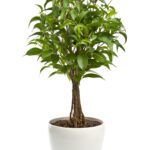 FICUS
FICUS FIG
FIG FLOWER PLANTS
FLOWER PLANTS FRUIT PLANTS
FRUIT PLANTS GROUND COVERS
GROUND COVERS HEDGES
HEDGES HERBS
HERBS INDOOR PLANTS
INDOOR PLANTS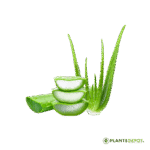 MEDICINAL PLANTS
MEDICINAL PLANTS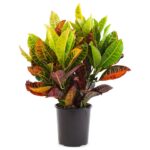 ORNAMENTAL PLANTS
ORNAMENTAL PLANTS OUTDOOR PLANTS
OUTDOOR PLANTS PALMS
PALMS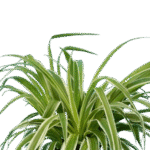 SHRUBS
SHRUBS SPICES
SPICES NATURAL
NATURAL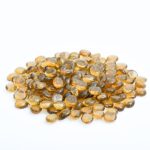 CRYSTAL
CRYSTAL ONEX
ONEX PEBBLE CHIPS
PEBBLE CHIPS GLASS & AQUARIUM
GLASS & AQUARIUM GRANITE & MARBLE
GRANITE & MARBLE POLISHED MARBLE MIX CHIPS
POLISHED MARBLE MIX CHIPS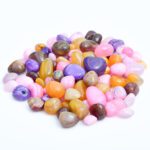 POLISHED MIX
POLISHED MIX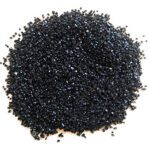 STONE SAND
STONE SAND UNPOLISHED CHIPS
UNPOLISHED CHIPS SEEDLING GERMINATION TRAYS
SEEDLING GERMINATION TRAYS STAINLESS STEEL PLANTERS
STAINLESS STEEL PLANTERS SYNTHETIC POTS
SYNTHETIC POTS ARTIFICIAL GRASS
ARTIFICIAL GRASS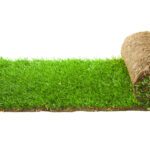 NATURAL GRASS
NATURAL GRASS

